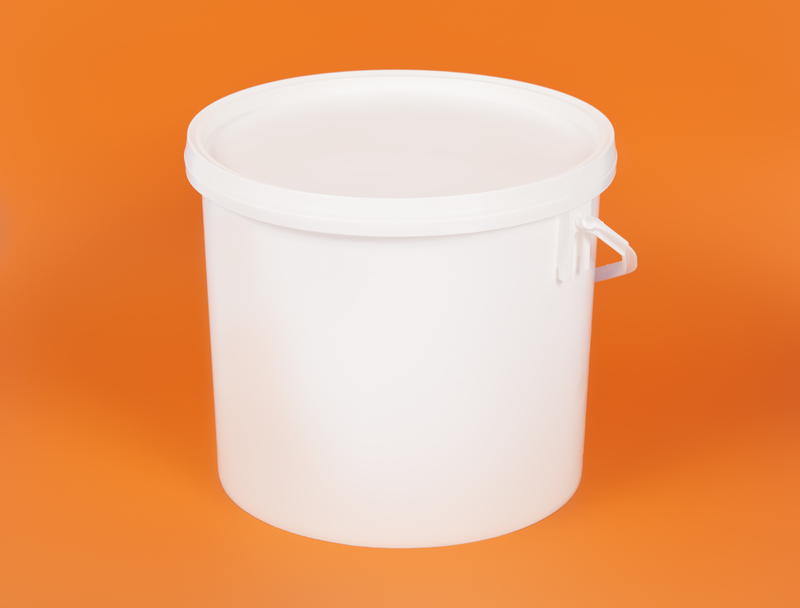Long-Lasting Sofas: The Art of Professional Storage
Nothing complements a beautiful living space like a cozy, well-crafted sofa that stands the test of time. Yet, all sofas, whether luxurious leather, plush velvet, or classic linen, need thoughtful care to maintain their comfort and appearance, especially during periods of non-use. Enter the art of professional sofa storage. Understanding and employing the best methods to store your couch--short-term or long-term--can add years to its life and preserve its pristine condition.

Why is Professional Storage Crucial for Long-Lasting Sofas?
While sofas are designed to be sturdy household investments, many factors can rapidly deteriorate their structure and look: humidity, sunlight, pests, dust, and improper stacking. Poorly stored couches can succumb to:
- Mold and mildew growth due to damp environments
- Fabric discoloration and fading from UV exposure
- Deformation of cushions when compressed or mishandled
- Staining and dust accumulation
- Insect infestations or rodent damage
Professional sofa storage is not just about putting the furniture away; it's a strategic process. When executed correctly, it ensures your sofa remains resilient, hygienic, and ready for use--year after year.
The Hidden Benefits of Expert Sofa Storage
- Preserves structural integrity
- Keeps upholstery spotless and fresh
- Prevents unpleasant odors
- Reduces the risk of damage from moisture or pests
- Enables seamless redeployment in your home
Steps to Prepare Your Couch for Storage
Before you arrange for professional storage for your long-lasting sofas, it's vital to prepare them adequately. Proper preparation will amplify the effectiveness of storage, whether you are using a dedicated storage facility or opting for climate-controlled self-storage options.
1. Deep Cleaning: The Essential First Step
Any particles or residues left on the sofa can degrade over time, leading to stubborn stains or odors. Here's how you should clean your sofa before placing it in storage:
- Vacuum thoroughly: Remove dust, pet hair, and debris from all crevices, including under cushions and along seams.
- Spot-clean stains: Use upholstery-safe cleaners. For leather sofas, wipe down with a damp cloth and specialized leather cleanser.
- Allow to air-dry: Ensure all fabrics and padding are completely dry to prevent mold or mildew.
2. Disassemble, If Possible
Many modern sofas are modular or come with detachable components. Remove legs, arms, or cushions to reduce space and avoid stress on connectors. Store hardware (screws, brackets) in labeled bags to facilitate reassembly.
3. Protect with Proper Covers
Avoid plastic covers which can trap moisture and cause mildew. Instead, use breathable fabric covers or thick cotton sheets. These allow airflow and shield your couch from dust and scratches.
4. Elevate from the Ground
Direct contact with the floor--especially concrete--can expose sofas to dampness and cold. Place furniture on palettes, risers, or wooden planks to ensure airflow and prevent moisture seepage.
5. Choose The Right Storage Facility
Ultimately, the longevity of your sofa depends on the storage environment. Consider these essentials for storing sofas long-term:
- Climate control: Maintain steady temperature and humidity levels to prevent warping, mold, and fading.
- Security: Look for CCTV, access control, and insurance options.
- Cleanliness: Regularly cleaned spaces deter pests and dust buildup.
- Proximity: Convenient access for periodic checks or emergencies.
Top Professional Storage Solutions for Sofas
Expert storage providers offer various services suited for long-lasting sofas, each with its distinct advantages:
1. Full-Service Storage Companies
These companies handle every aspect--from collection and wrapping to safe storage and delivery. Ideal for high-value or antique sofas, they also offer detailed inventories and climate-controlled warehousing.
2. Self-Storage Units with Amenities
For budget-friendly yet reliable storage, opt for self-storage units that offer temperature and humidity control, pest management, and robust physical security. Always inspect the cleanliness and ventilation before booking.
3. Furniture-Specific Storage Facilities
Specialized storage businesses cater exclusively to furniture, integrating custom racks, anti-static covers, and controlled environments designed for extended couch preservation.
How Professional Storage Prolongs Sofa Lifespans
Unlike ad-hoc solutions, professional sofa storage provides several layers of proactive care:
- Controlled Climate: Sudden variations in heat, cold, or humidity can warp wooden frames, peel leather, and foster mildew. Professional storage keeps environmental factors within optimal ranges year-round.
- Proactive Pest Management: Storage experts use approved repellents and traps to prevent insect or rodent damage, particularly crucial for soft materials and stored bedding elements.
- Comprehensive Insurance: Professional storage solutions offer coverage against theft, fire, flooding, and accidental damage, safeguarding your couch's value.
- Inventory Management: High-quality providers tag, log, and photograph your sofa, ensuring transparency and ease of retrieval.
Extra Tips to Keep Your Sofa in Top Condition During Storage
- Avoid stacking heavy objects: Do not place boxes or belongings atop a stored sofa, as excess weight can deform cushions and frames.
- Allow airflow: Do not block ventilation around the couch. Good airflow prevents musty odors and moisture buildup.
- Check periodically: If feasible, visit your storage unit every few months to inspect for issues such as dampness, mold, or pests.
- Re-treat materials: Prior to placement, condition leather with quality cream/restorer or treat fabrics with protector spray to boost resistance to environmental stressors.
Common Mistakes to Avoid When Storing Sofas
- Using plastic wrap for prolonged periods: Trapped moisture under plastic causes mold and accelerates fabric breakdown.
- Ignoring pre-storage cleaning: Failure to clean invites odors and can permanently set stains.
- Forgetting dehumidifiers: Especially in damp climates, using silica gel packs or dehumidifiers can mean the difference between a fresh or ruined sofa.
- Resting directly on floors: Concrete floors, especially in older facilities, wick up moisture that can travel into your sofa's legs and woodwork.
How to Unpack and Restore Sofas After Storage
When it's time to bring your sofa home, proper unpacking is key for a seamless refresh. Here's a step-by-step guide:
- Inspect before unwrapping to spot any possible pest activity or environmental issues.
- Carefully remove all coverings, shaking out protective sheets outdoors.
- Wipe down all surfaces with a soft, damp cloth. If needed, vacuum all nooks and crannies.
- Reassemble components like legs or arms using the labeled stored hardware.
- Aerate the sofa in your home with good ventilation for at least 24 hours before use, allowing any residual odors or moisture to dissipate.
- Spot clean as needed and condition fabrics or leather for renewed suppleness and sheen.
Should You Choose Professional Storage or DIY?
If you want your sofa to truly last for decades, the professional route is always superior. While DIY storage can work for short intervals or low-value pieces, expert services guarantee:
- Consistent climate control for sensitive materials
- Physical and digital security measures for peace of mind
- Expert handling to prevent rips, scratches, or frame bending
- Insurance coverage for worst-case scenarios
DIY might save money up-front, but often results in greater costs down the line through damage, restoration, or total replacement.
Eco-Friendly Tips for Sofa Storage
Preserving your long-lasting sofa doesn't mean sacrificing the environment. Here's how to achieve both:
- Use organic or recycled covers: Choose cotton, bamboo, or recycled-polyester sheets for eco-friendly sofa protection.
- Avoid harsh chemicals: Opt for non-toxic cleaners and pest repellents.
- Reuse packing materials: Save and repurpose foam padding, blankets, and other soft protectors for multiple moves or storage cycles.
- Donate what you don't need: If storing to declutter, ensure unwanted sofas are given new life through donation rather than disposal.

Long-Term Results: Your Sofa as a Rewarding Investment
The real artistry in keeping a long-lasting sofa lies in both its everyday care and its downtime protection. Once you experience a spotless, well-preserved couch after a year or more in storage, the importance of professional methods becomes crystal clear. Quality storage is not an expense, but an investment in comfort, aesthetics, and sustainability.
Professional Storage: The Winning Formula for Sofa Longevity
Here's why more homeowners, renters, and interior designers trust the experts:
- Guaranteed premium conditions for every style and size of sofa
- Peace of mind through insured and monitored facilities
- Maintenance and repair partnerships for ongoing care
Whether for moving, travel, renovation, or seasonal changes, investing in professional storage for your upholstered or leather couch ensures that its form, function, and beauty are superbly preserved.
Conclusion: The Art of Professional Sofa Storage Equals Lasting Value
The longevity of sofas is not a myth--it is the result of consistent, informed care and proper storage when not in use. Mastering the art of storing your sofa professionally keeps it looking, feeling, and smelling fresh for generations.
Invest in professional storage solutions. Your long-lasting sofa (and future self) will thank you.